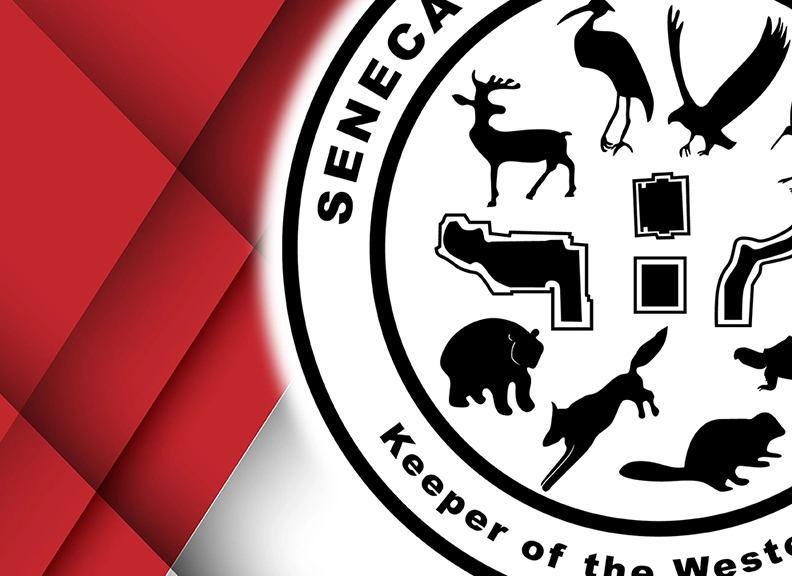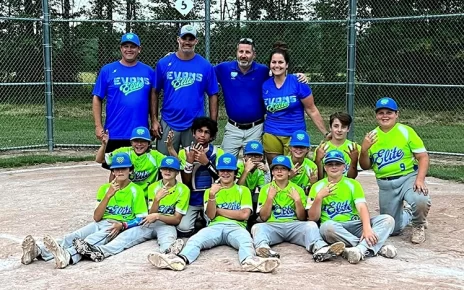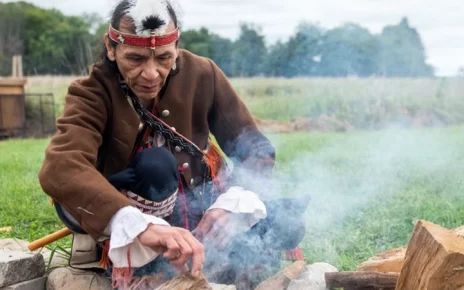Submitted by Becki Bowen
1920 August 16 – NYS Everett Commission meets at Onondaga;
1920 August 18 – . . . at Tonawanda;
1920 August 23 – . . . at Cattaraugus;
1920 August 24 – . . . with Cayugas at Cattaraugus;
1920 August 26 – . . . at Allegany; and
1920 August 29 – at Six Nations, Ontario.
In 1919 the NYS legislature formed the Everett Commission to examine “the history, the affairs and transactions had by the people of the state of New York with the Indian tribes resident in the state and to report to the legislature the status of the American Indian residing in said state of New York.”
Seneca officials testifying at the hearings included President Frank Patterson, Treasurer William Hoag, Councillors Walter “Boots” Kennedy and George Jemison, and Seneca citizens Emily Tallchief (granddaughter of Cornplanter), Francis Jamerson, John Van Arnum and John Snyder.
NYS Assemblyman Edward A. Everett served as the Commission’s chairman. Questioned by “Boots” Kennedy, Everett conceded that the solemn pledges of the United States and the U.S. Constitution were of significance and that according to international law Hodinöhsöni lands were outside the territorial limits of the U.S. Kennedy cited Article II of the 1794 Canandaigua Treaty promising the U.S. “will never claim the same, nor disturb them . . . in the free use and enjoyment thereof; but the said reservations shall remain theirs, until they choose to sell the same to the people of the United States.” Kennedy asked Everett what that meant. Everett responded, “It is a solemn pledge of faith, but you can’t ask me to carry it out alone; but I will do my best to adjust the matter.”
The report was completed in March 1922 and submitted to the Assembly in April. It concluded that “the Iroquois were fraudulently dispossessed of over six million acres of land in New York.” The report continued, “the Indians of the State of New York are entitled to all of the territory ceded to them by the treaty made with the Colonial Government prior to the Revolutionary War, relative to the territory that should be ceded to the Indians for their loyalty to said colonies and by the treaty of 1784 [Treaty of Fort Stanwix] by which said promise by the colonists was consummated by the new Republic known as the United States of America and in a speech by General Washington to the conference of Indians comprising the Six Nations and recognizing the Indians as a Nation.”
New York State has historically sought to divest the Hodinöhsöni of federal protections in order to assume full jurisdiction over the six nations. The Everett Report opened the floodgates for Hodinöhsöni land claims and perpetuated the concept of tribal sovereignty. The report was contrary to New York State ambitions.
It turned out that Everett was the only Commissioner to sign off on the report and the report was rejected by the state Assembly. Lulu Stillman, the Commission’s stenographer and researcher, maintained one of the few copies of the report. The report was not published although in the 1930s copies were forwarded to the U.S. Departments of the Interior and Justice but those copies were misplaced. It was not until two years after Stillman’s death in 1969 that the Everett Report was published.
Lulu Stillman became a staunch defender of the sovereignty of the six nations and campaigned along with Alice Lee Jemison against acceptance of the 1934 Indian Reorganization Act among the Hodinöhsöni. She adhered to the constitutional principle that treaties are the supreme law of the land.




